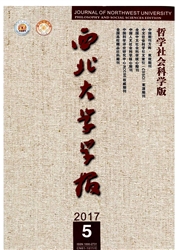

 中文摘要:
中文摘要:
19世纪末以来,阿富汗政教关系可归结为三种类型。一是19世纪末拉赫曼国王将伊斯兰教纳入国家控制,利用宗教整合政治体系。二是将伊斯兰教排拒于国家之外,以20世纪20年代阿马努拉国王和20世纪末的人民民主党政权为代表。三是世俗与宗教平衡的道路,即穆沙希班王朝将宗教纳入国家控制,同时以宗教旗帜推行渐进的世俗化。世俗化并非政治发展的必要条件,如何将传统宗教政治文化与现代政治原则有机结合,可能才是破解阿富汗及中东政教关系困境的关键。
 英文摘要:
英文摘要:
There are three patterns of political-religious relations. Abudur Rahman, the Amir of Afghanistan, brought Islam under state control, and unified the systems of Afghan politic and law at the end of 19th century. Amanullah Khan and PADA implemented the contrary religious policy. They derived Islam out of state and carried out radical reforms of secularization. Musahiban dynasty adopted middle course. It brought religion under state control and simultaneously implemented secularization step by step with the banner of Islam. Secular- ization is not the requirement of political development of Middle Zost. Afghan political development depends on how closely the religion and state combine, but does not excludes religion from state.
 同期刊论文项目
同期刊论文项目
 同项目期刊论文
同项目期刊论文
 期刊信息
期刊信息
